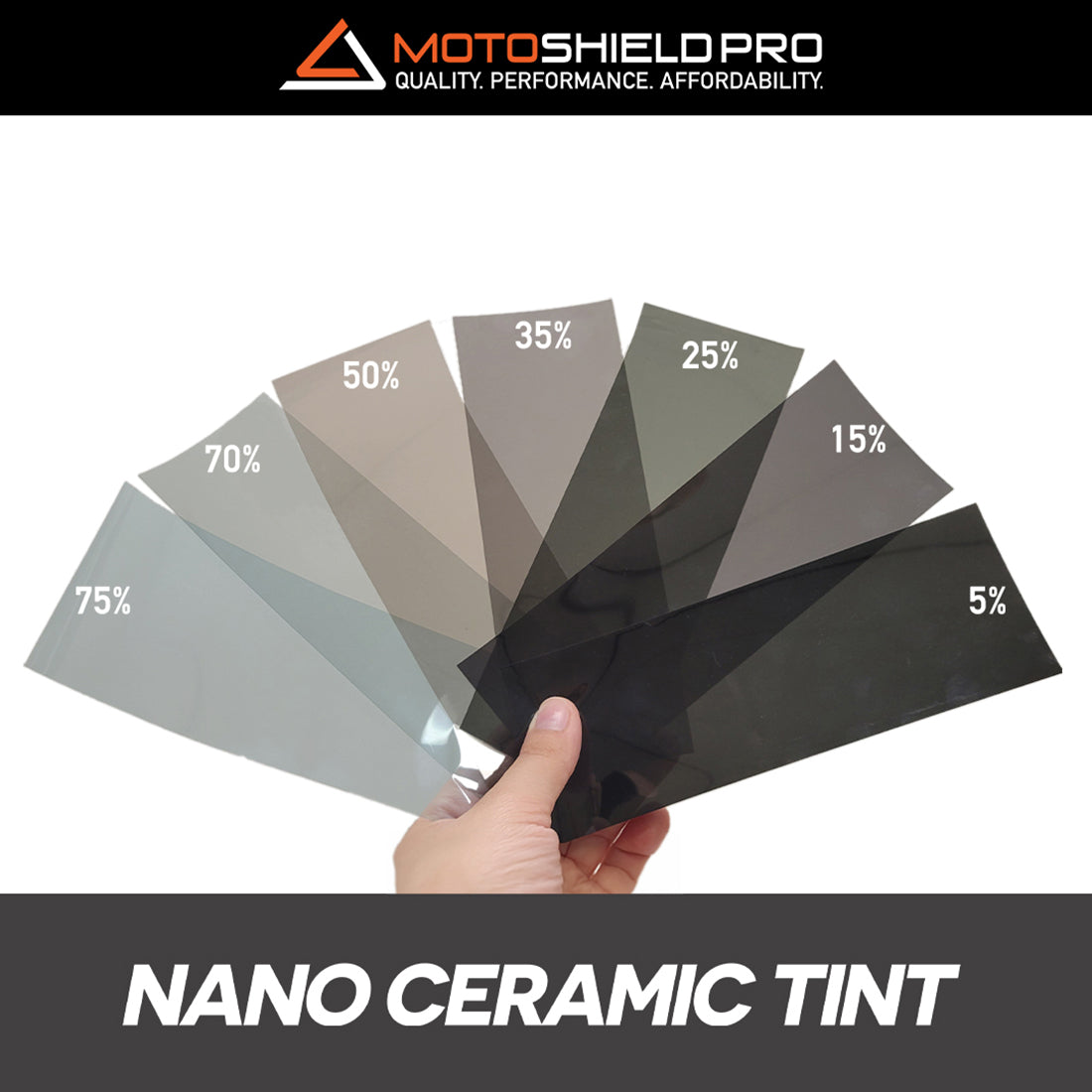Window Tinting Rules and Standards: What You Need to Know Before Tinting Your Vehicle
Before proceeding with home window tinting for your car, it is necessary to acquaint yourself with the varied regulations and guidelines that regulate this method across various states. These laws determine the acceptable levels of tint darkness, commonly determined by noticeable light transmission (VLT) percents, and include specific stipulations for front windscreens aimed at ensuring roadway safety. In addition, specific territories may offer clinical exemptions for individuals with certifying problems. Understanding these intricacies can save you from prospective lawful implications, yet what are the details regulations in your state?
Overview of Home Window Tinting Regulations
Window tinting regulations are often subject to variant throughout different territories, reflecting neighborhood policies and safety considerations. These regulations determine the permissible degrees of color darkness and reflectiveness on automobile home windows, making certain that motorists preserve appropriate visibility while also protecting against damaging UV rays and warmth.
The majority of laws identify window tinting based on the Visible Light Transmission (VLT) percent, which indicates the quantity of light that can pass with the home window. Usually, reduced VLT percents indicate darker colors. Regulations frequently set apart between the front, side, and back home windows, with stricter constraints put on the front windshield to enhance safety for both the vehicle driver and various other road customers.
Furthermore, some territories enforce limitations on the reflectivity of the tint, stopping excessive glow that could hinder presence. Exemptions to these regulations may exist for individuals with details clinical conditions requiring additional sun security. Conformity with window tinting laws is important, as infractions can result in fines, obligatory removal of the tint, and potential rises in insurance costs. For that reason, it is important for lorry proprietors to acquaint themselves with neighborhood laws before waging window tinting installations.
State-by-State Color Rules
Recognizing the details home window tinting guidelines in each state is vital for lorry owners seeking to follow the regulation. Each state in the united state has actually established its own collection of guidelines controling window tinting, which can vary dramatically. These policies typically dictate the allowable levels of tint darkness, the sorts of windows that can be tinted, and any medical exemptions that might use.
For circumstances, states like California have stringent limitations on color darkness for front windows, while others, such as New Mexico, might allow darker tints. Furthermore, specific states mandate specific presence percents for numerous home windows, consisting of the windscreen, front side windows, and rear windows. It is crucial for automobile proprietors to acquaint themselves with their state's laws to avoid potential penalties or fines.
Moreover, some states may need a qualification sticker label to be positioned on tinted windows, suggesting compliance with state regulations. Failing to stick to these regulations not just takes the chance of legal effects however can likewise impact security and presence while driving. Therefore, vehicle owners need to perform complete study or seek advice from local authorities to ensure complete understanding and conformity with state-by-state tint regulations.
Allowed Tint Kinds and levels
Numerous automobile proprietors might be surprised to learn that permitted tint degrees and kinds vary commonly throughout various states. Each state has actually developed its very own guidelines regarding the acceptable darkness and reflectivity of window color, usually measured by Visible Light Transmission (VLT) percents. VLT describes the quantity of light that can go through the colored home windows; hence, a lower percentage indicates a darker tint.

Furthermore, the kinds of tint materials enabled Visit Your URL can differ, with some states restricting mirror-like or metallic coatings. It is necessary for lorry owners to acquaint themselves with their state's certain laws to ensure compliance. Non-compliance can result in penalties, required elimination of the color, or other legal consequences, making it essential to recognize these guidelines prior to waging setup.
Medical Exceptions for Tinting
While not all states provide allocations for clinical exceptions concerning home window tinting, those that do identify the necessity for certain individuals to enhance presence and convenience due to medical problems. Different clinical conditions, such as lupus, skin cancer, and particular eye problems, can make individuals especially conscious sunshine. These individuals might require darker colors to protect themselves from hazardous UV rays and glare.

It is essential to keep in mind that despite having a medical exception, there might still be restrictions on the degree of color allowed. Conformity with state legislations makes sure that individuals are both safeguarded and within legal limitations. Those considering clinical exemptions must contact their neighborhood Department of Electric motor Automobiles or equivalent authority to comprehend the treatments and needs necessary to obtain an exception effectively.
Fines for Non-Compliance
Falling short to abide by home window tinting legislations can cause significant penalties, which differ by state. Regulation enforcement companies are equipped to issue citations for lorries that do not stick to the defined tinting guidelines. These fines usually include fines, which can range from moderate total up to several hundred bucks, relying on the extent of the violation and the state concerned.
In some territories, duplicated offenses may cause rising fines or extra penalties, such as compulsory court appearances. In addition, non-compliance may necessitate the elimination of unlawful tinting, often at the proprietor's expenditure. In severe instances, regular transgressors may deal with suspension of their lorry registration till compliance is accomplished.
In addition, insurance policy ramifications might develop from getting multiple citations for home window color infractions. Insurers might see such infractions as a sign of riskier behavior, possibly causing boosted premiums or problem in coverage.
To stay clear of these penalties, it is critical for automobile proprietors to acquaint themselves with their neighborhood window useful content tinting regulations and ensure that their car complies (Window Tinting). This aggressive approach not just prevents legal ramifications however also advertises road security
Conclusion

The majority of guidelines categorize home window tinting based on the Visible Light Transmission (VLT) percentage, which suggests the quantity of light that can pass through the home window. Conformity with home window tinting laws is critical, as infractions can result in penalties, necessary elimination of the color, and prospective boosts in insurance premiums.Understanding the particular window tinting policies in each state is crucial for vehicle owners looking for to conform with the legislation. These regulations frequently determine the allowable levels of color darkness, the types of home windows that can be tinted, and any type of medical exemptions that may use.
For circumstances, states like The golden state have stringent restrictions on color darkness for front windows, while others, such as New Mexico, might permit darker colors.
Comments on “Automobile Window Tinting for Heat Decrease and Energy Performance”